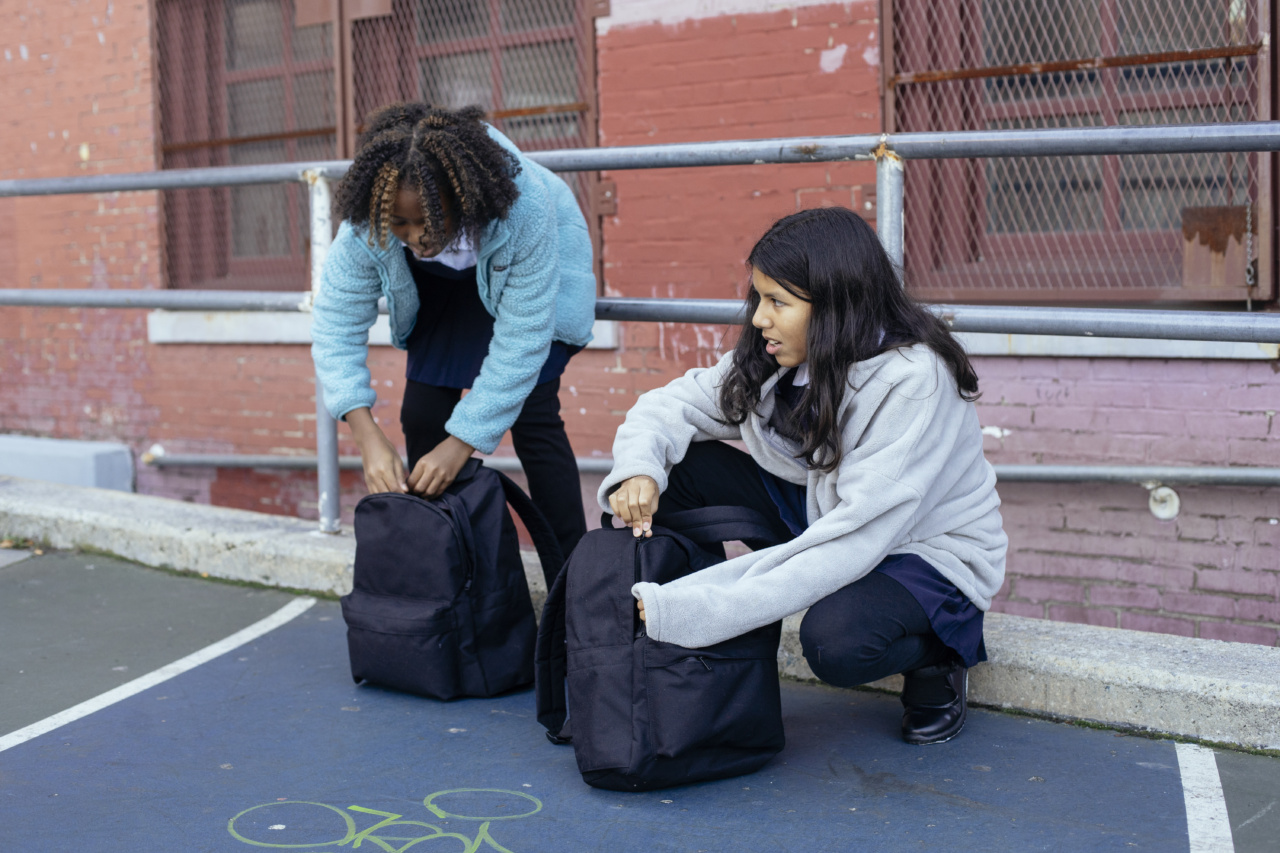School bags are an essential part of every student’s life. They carry books, stationery, and other necessary items. However, the weight and size of school bags can often become a cause of concern for both parents and students.
Long hours of carrying heavy backpacks can lead to various health issues, including back pain and poor posture. To avoid these school bag woes, it is essential to follow smart strategies that ensure a comfortable and healthy experience for students. This article presents ten effective strategies to help students avoid school bag woes.
1. Choose the Right Bag
The first step in avoiding school bag woes is selecting the right bag. Look for a bag with ergonomic features such as padded shoulder straps, a cushioned back panel, and a waist belt.
The bag should fit comfortably on the student’s shoulders and distribute weight evenly.
2. Organize and Prioritize
Teach your child to organize their school bag by prioritizing essential items and removing unnecessary items. Discourage carrying heavy items that are not needed for that particular day.
Encourage the use of lockers or leaving items in the classroom whenever possible.
3. Pack the Bag Properly
Show your child how to pack their bag in an organized manner. Place heavier items near the back and lighter items in the front. Distributing the weight evenly can prevent strain on the back and shoulders.
4. Limit the Load
Monitor the weight of your child’s school bag regularly. It should not exceed 10-15% of the child’s body weight. Help your child prioritize and eliminate unnecessary items to reduce the load.
5. Use Digital Resources
Incorporate technology into your child’s learning routine. Use e-books, online resources, or digital notes to reduce the need for carrying heavy textbooks. Ensure your child has a secure online platform for accessing study materials.
6. Opt for Lightweight Alternatives
Explore lightweight alternatives for school supplies. Look for notebooks with thinner pages, lightweight stationery, and smaller water bottles. Every little reduction in weight can make a big difference in the overall load.
7. Promote Physical Activity
A strong body can better handle the weight of a school bag. Encourage your child to engage in regular physical activities like walking, cycling, or participating in sports. Strong muscles and good posture can help prevent injuries and discomfort.
8. Teach Proper Carrying Techniques
Show your child the correct way to carry a school bag. Both shoulder straps should be used to distribute the load evenly. Adjust the straps so that the bag sits comfortably on the shoulders without putting excessive pressure on any one side.
9. Take Breaks
Encourage your child to take short breaks and remove the bag whenever possible during school hours. This will give their shoulders and back some relief from carrying the load. Utilize locker breaks and free periods to ease the pressure.
10. Foster Communication with School
Establish open communication with your child’s school regarding the weight of the bags. Discuss concerns and potential solutions with teachers and administrators. Advocate for policies that prioritize student health and well-being.
Conclusion
By implementing these smart strategies, both parents and students can effectively avoid school bag woes. Prioritizing ergonomics, organization, and proper packing techniques can contribute to a comfortable and healthy carrying experience.
Additionally, embracing technology, lightweight alternatives, physical activity, and breaks can further reduce the load. Regular communication with the school and fostering a collaborative approach can bring about positive change. Let us take a proactive approach towards ensuring the well-being of our students, one school bag at a time.































